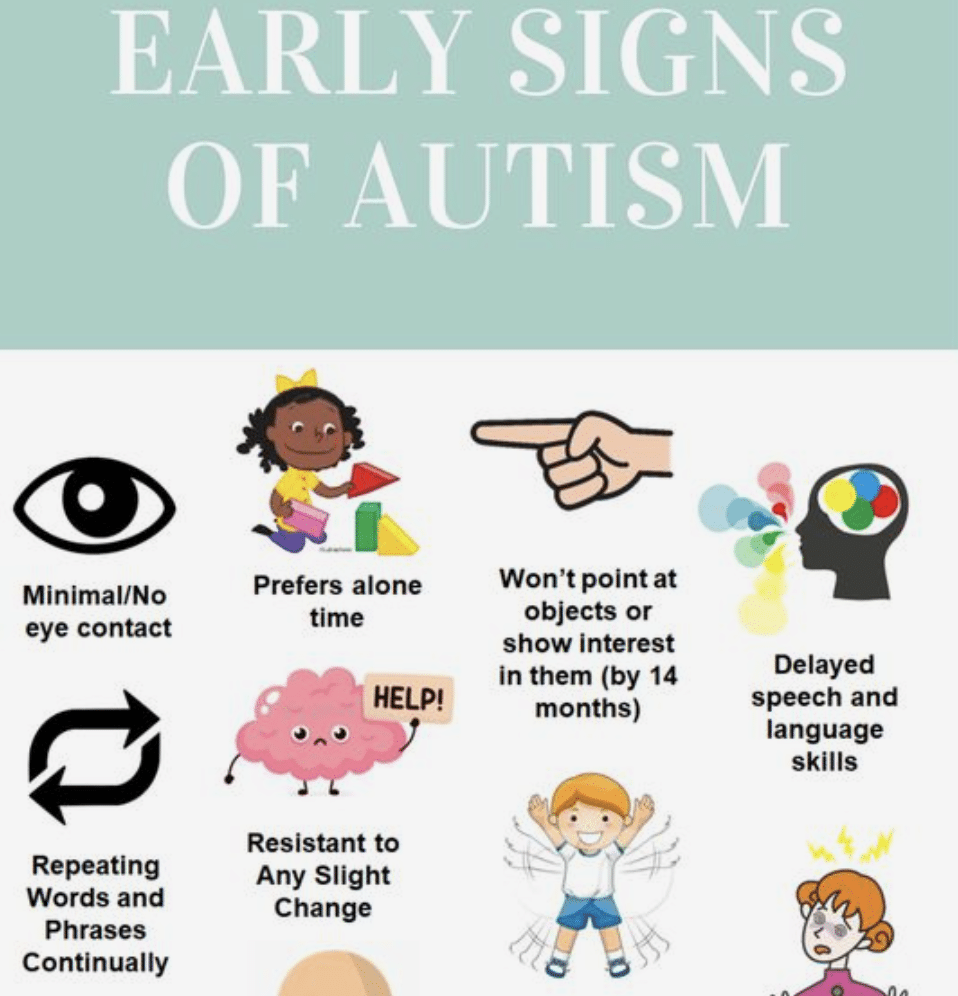Meet Susie, a newborn baby. Her parents were overjoyed but also nervous about their baby’s health. They had heard of the apgar score and wondered what it was and how it would be used to evaluate their baby’s health.
- When Susie was born, the doctor immediately performed the Apgar Score assessment.
- Susie scored an 8 on her apgar score, which greatly relieved her parents.
- The doctor explained that Susie’s appearance, pulse, grimace, activity, and respiration were all excellent signs of her overall health.
- Over the next few hours and days, the doctor continued monitoring Susie’s apgar score to ensure she was doing well.
- Susie’s apgar scores remained consistently high, and she was discharged from the hospital a few days later.
A few months later, Susie’s parents noticed that she wasn’t reaching some of her developmental milestones as quickly as other babies her age. They wondered if her apgar score was related to her delays.
- Susie’s doctor assured them that her apgar score was a good indicator of her overall health at birth but may not have been related to her developmental delays.
- The doctor recommended further evaluations and testing to determine the cause of Susie’s delays.
- After some testing, it was discovered that Susie had a genetic condition that was causing her delays.
- With the help of healthcare providers and early interventions, Susie made progress and eventually caught up to her peers in her development.
In summary, the apgar score is a critical tool used to assess the health of newborn babies. It helps healthcare providers identify any immediate concerns and provide the necessary care. Goally, a tablet that helps kids build life and language skills through fun apps, including digital visual schedules and AAC, can assist kids with conditions that the Apgar Score may be used to identify, such as cerebral palsy or developmental delays.















